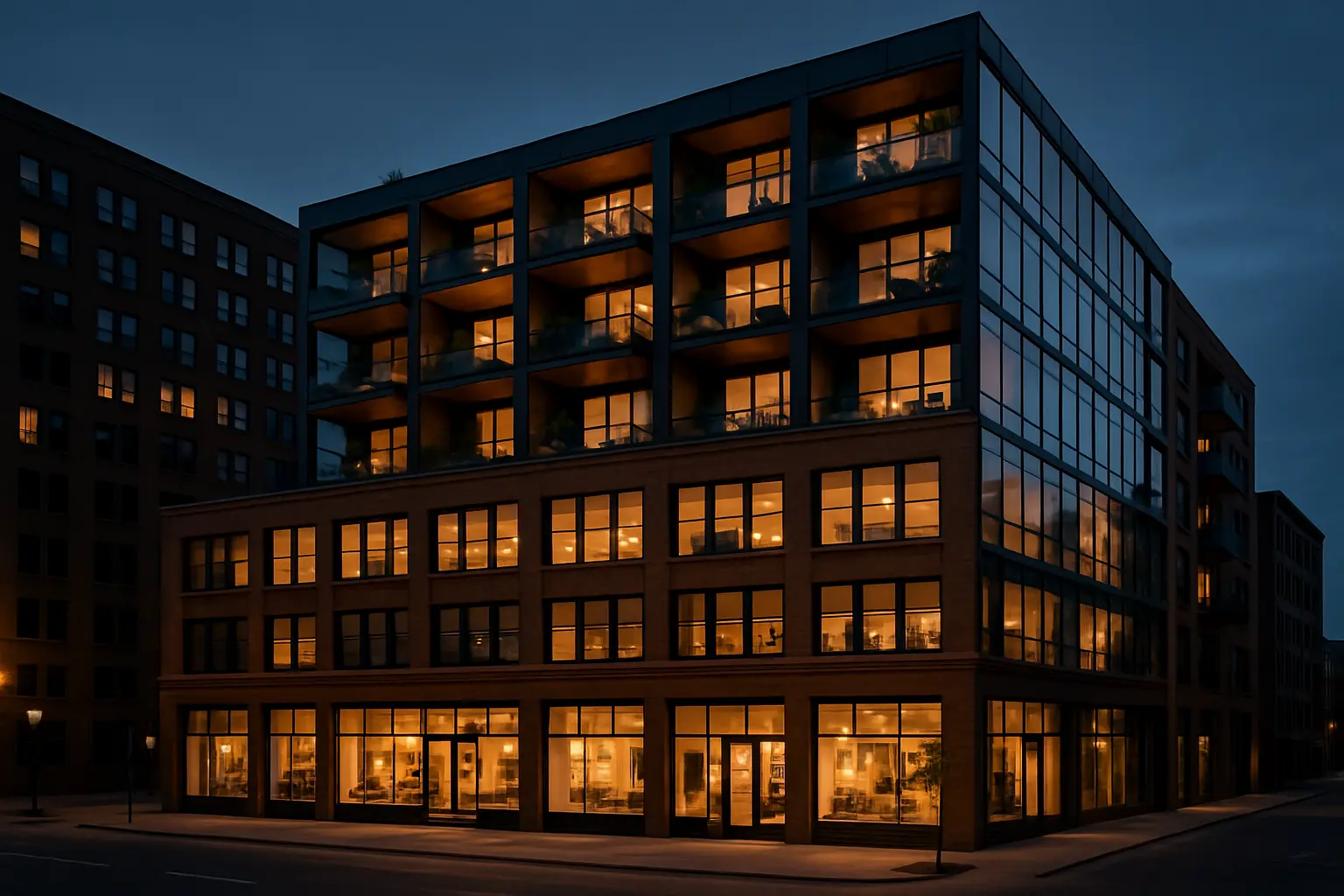From Office to Living Space: Minneapolis's Revolutionary Mixed-Use Property Trend
Discover how savvy investors are transforming commercial buildings into dynamic live-work spaces in the Twin Cities' hottest districts.

The Evolution of Minneapolis Real Estate
Minneapolis's urban landscape is undergoing a remarkable transformation as the traditional boundaries between work and living spaces continue to blur. The Twin Cities' real estate market has witnessed a significant shift in demand, with mixed-use properties emerging as the new frontier for innovative development.
As remote work becomes increasingly prevalent, urban dwellers are seeking spaces that seamlessly integrate their professional and personal lives. This cultural shift has created an unprecedented opportunity for property developers and investors to reimagine existing commercial structures.
Market Drivers and Urban Preferences
The demand for mixed-use properties is driven by several key factors:
- Sustainability Focus: Adaptive reuse of existing buildings reduces environmental impact
- Work-Life Integration: Growing preference for reduced commute times and flexible spaces
- Community Development: Desire for vibrant, walkable neighborhoods with diverse amenities
Strategic Conversion Opportunities
The most promising conversion candidates are often found in established business districts and emerging neighborhoods. These areas offer the perfect blend of existing infrastructure and growth potential.
Prime Location Characteristics
- North Loop: Historic warehouses with character and proximity to downtown
- Downtown East: Office buildings near public transit and cultural amenities
- Uptown: Commercial properties in high-demand residential areas
"The key to successful conversion lies in identifying buildings with the right structural bones and location potential," notes a prominent local developer.
Financial Benefits and Market Impact
Mixed-use conversions are proving to be financially rewarding for investors who can execute them effectively. Properties that successfully blend residential and commercial spaces typically see significant value appreciation.
Investment Advantages
- Diversified Income Streams: Multiple revenue sources from different property uses
- Higher Occupancy Rates: Increased demand for integrated living-working spaces
- Tax Incentives: Available benefits for urban renewal and historic preservation
Success Stories and Future Outlook
Recent successful conversions serve as compelling case studies for the viability of this trend. The Warehouse District's The Nordic, for example, transformed a century-old commercial building into a thriving community hub with luxury residences, co-working spaces, and ground-floor retail.
Future Trends
Looking ahead, industry experts predict:
- Increased focus on technology integration in converted spaces
- Growing emphasis on wellness amenities and green spaces
- Rising demand for flexible unit configurations
As Minneapolis continues to evolve, these mixed-use conversions are not just changing the physical landscape – they're creating new possibilities for urban living and working. The success of early adopters has set the stage for a new wave of development that promises to reshape the city's future.


